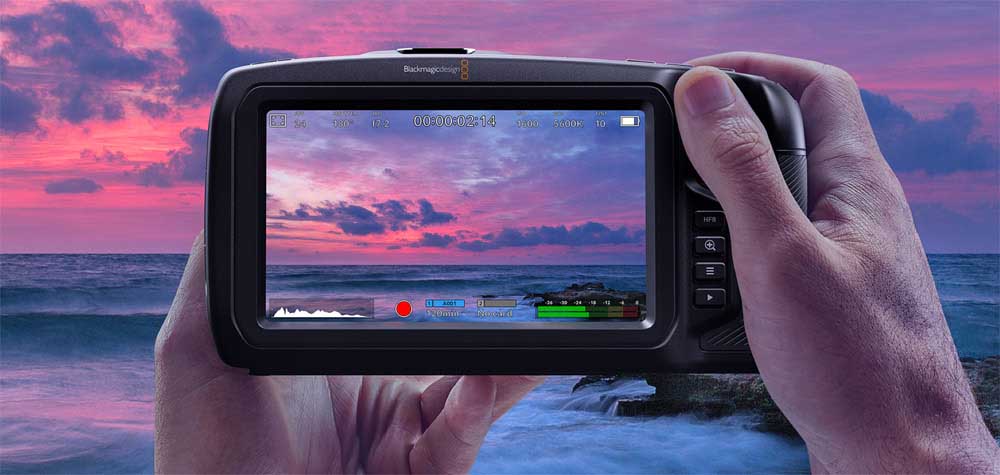In our latest buying guide for videographers we examine the advantages of picking a mirrorless model to capture video with and choose the best mirrorless cameras for video from the current options on the market…
What you’ll learn
- What mirrorless cameras offer for video
- The importance of lens options
- Why ease-of-use is vital
- The creative options of a camera
- Why your camera is the ‘hub’ of a system
- Our picks for the best mirrorless cameras for video shooting
Recently we wrote about our picks of the best DSLRs for video, and this time the spotlight is firmly trained on mirrorless cameras for shooting video. The age of mirrorless cameras effectively dates back to the arrival of the Epson RD-1 in 2004 with Leica then joining in during 2006 with the launch of the 10.3 megapixel M8 model.
However, since 2010 the mirrorless market has exploded, as that was the year when Panasonic launched its DMC-G1 – the first-ever mirrorless model to offer interchangeable lenses.
The rise of mirrorless models has dovetailed with the development of new lens mounts (because without a mirror cameras could have shorter distances between the lens mount and the camera’s sensor), micro four-thirds systems and, crucially for this blog, the explosion of cameras that can shoot broadcast and cinema quality 4K video footage.
To help you to make an informed choice between purchasing a DSLR or buying a mirrorless camera it’s vital to examine the advantages (and disadvantages) that mirrorless cameras offer for shooting video when compared to DSLRs…
Pros and cons of using mirrorless cameras for video
Unlike the best DSLRs – which are designed for optical viewing of the image through a lens and incorporate a mirror that must be locked up out of the way to shoot video via a ‘Live View’ mode – by their very name ‘mirrorless’ cameras don’t have to negotiate the hurdle of moving the mirror out of the way. The key advantage this gives is that with mirrorless cameras you are immediately viewing the ‘live view’ video scene on the rear LCD panel or via an electronic viewfinder (EVF).
Another obvious plus point for mirrorless models is that they can be designed to be smaller than DSLRs. This is because there is no need to include a mirror or prism within a mirrorless camera’s design, so the depth and overall size of the camera body can be smaller than that of a DSLR. This potentially makes mirrorless models smaller, lighter and easier to carry, which are often key considerations if you are shooting video on location.
Despite their smaller form factor mirrorless cameras are able to incorporate either full-frame or crop factor sensors that are the same size as those seen in larger DSLR models. For example, Sony and Panasonic have full-frame and cropped sensors in their mirrorless camera ranges, whilst Fujifilm has actually put medium format sensors into mirrorless cameras. One thing to remember with smaller mirrorless models is that there isn’t always a direct correlation between camera size and lens size, so sometimes a mirrorless model can be ‘front heavy’ when paired with a largish lens.
The ‘cons’ involved in shooting video with mirrorless include the comparative infancy of compatible lens systems. Those who have used DSLR systems for some time, especially Canon and Nikon photographers and filmmakers, may already have invested significant amounts in compatible lenses.
Mirrorless cameras are playing catch-up in terms of available lenses although it’s worth noting that that the micro four-thirds mount used by the likes of Olympus, Panasonic and Blackmagic Design gives a degree of cross-brand optical compatibility.
Also, in terms of focusing systems, mirrorless cameras originally deployed the slower contrast-detection AF systems but nowadays many of them do utilise the faster phase-detection AF systems. Whilst the main advice for shooting video would be to always manually focus it’s worth checking if the mirrorless cameras you’re considering offer phase-detection AF options for tracking subjects and locking on to subjects or faces.
As mentioned in previous blogs it’s vital to think of your camera for video shoots as the ‘hub’ of a system, so you need to consider the options a mirrorless camera can offer you for adding lenses, lighting, microphones, and outputs to external monitors and recorders.
How to buy the best mirrorless camera for video
When you’re thinking about buying any camera for shooting video remember to consider ease-of-use, available frame rates, video resolutions, internal recording, output options, log modes, focusing, what memory card slots and options and the amount of manual control you can have over exposure settings for video.
For more tips and advice on the key factors to bear in mind when you’re buying a camera to shoot video with check out our guide to the best cameras for shooting video.
This buying guide outlines the best mirrorless cameras fo video currently on the market in terms of quality of video specs, handling and the strength of the system. Of course, there are many other cameras available, so do your research and see if your needs match our recommendations. See below for our ‘top five’ best mirrorless cameras for capturing video…
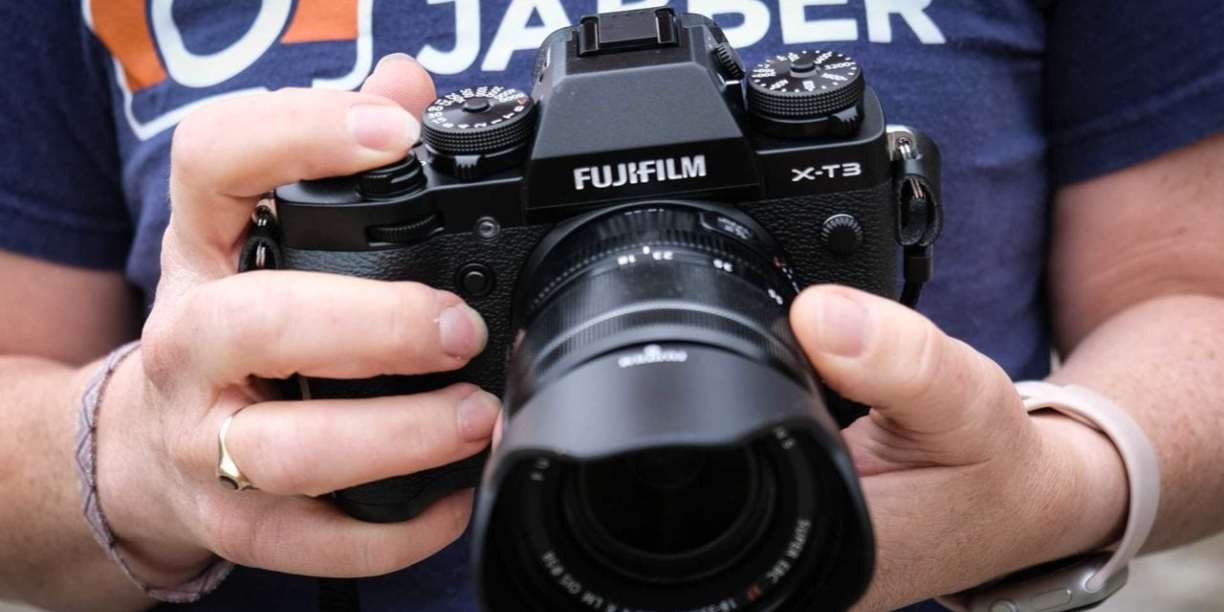
Fujifilm X-T3
This beautiful looking mirrorless model scores high on its 4K abilities as it can shoot 4K UHD and Cinema 4K footage at up to 60p. It also has the capacity to capture 10-bit video internally and can connect to an external recorder to save video at 4:2:2 colour sampling quality. The X-T3 has a high dynamic range F-Log mode as standard and a hybrid log gamma (HLG) mode available via a firmware update.
Both of these open up greater possibilities for colour grading footage and having better flexibility in an edit suite. It has a 26.1 megapixel APS-C sensor with a slight, but not significant, crop factor of 1.1x. The only obvious downside for video is the lack of any in-body stablisation but Fujifilm has put together a camera that will comfortably reach pro video standards.
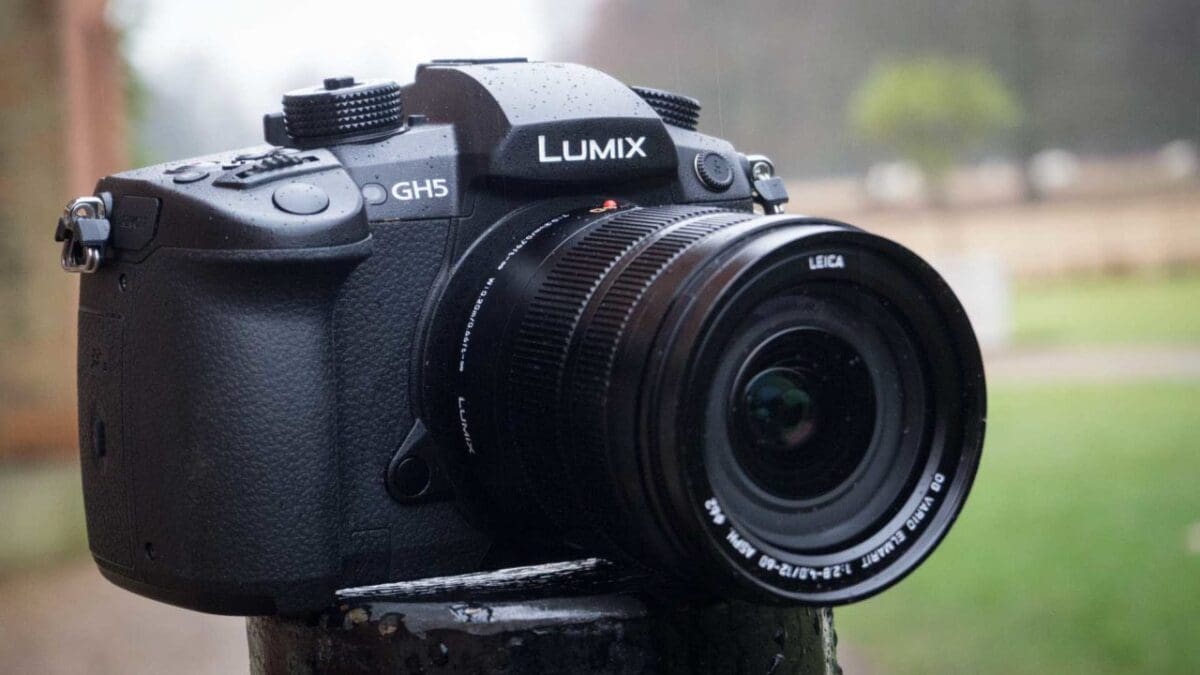
Panasonic LUMIX GH5S
Whilst the LUMIX range now include full-frame models such as the S1 and S1R it’s still the micro four-thirds GH5S model that is more firmly aimed at videographers. It incorporates a 10.28 megapixel sensor with the key being that it is a Multi Aspect sensor which can shoot in the 17:9 Cinema 4K and 16:9 4K UHD aspect ratios.
Other major plus points for video include the capability of the camera to capture 4:2:2 10-bit video internally to fast SD cards, plus a pre-installed V-logL log mode that offers extra dynamic range for your footage. Better still the camera offers recording times that are only limited by the capacities of your chosen SD memory cards. Again, it has no in-body stabilisation but the high-spec video features more than make up for this.
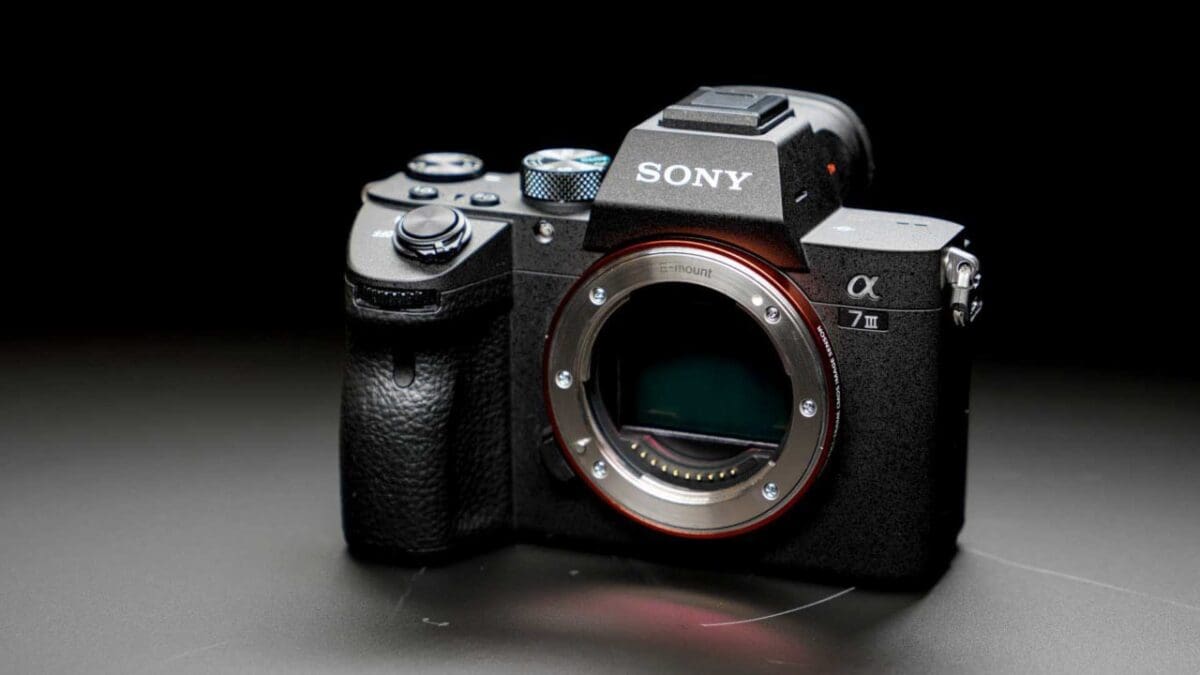
Sony A7 III
Many of the Sony Alpha mirrorless models have been widely accepted as possessing great video options and this 24.2 megapixel full-frame camera is no different. Although, as of now when compared to its 2018 launch date, it is not absolutely top-spec the A7 III does offer 4K UHD at 30p and 24p and Full HD at 120p (which is great for slow-mo work).
It’s shooting doesn’t stretch to Cinema 4K resolution but it does use the full width of the full-frame sensor to capture quality ‘oversampled’ 4K video. Also, it incorporates an S-Log mode to give high dynamic range video capture, which then allows for greater colour grading and editing flexibility later on. Another plus is the presence of in-body image stabilisation. Overall, it’s a very capable full-frame option.
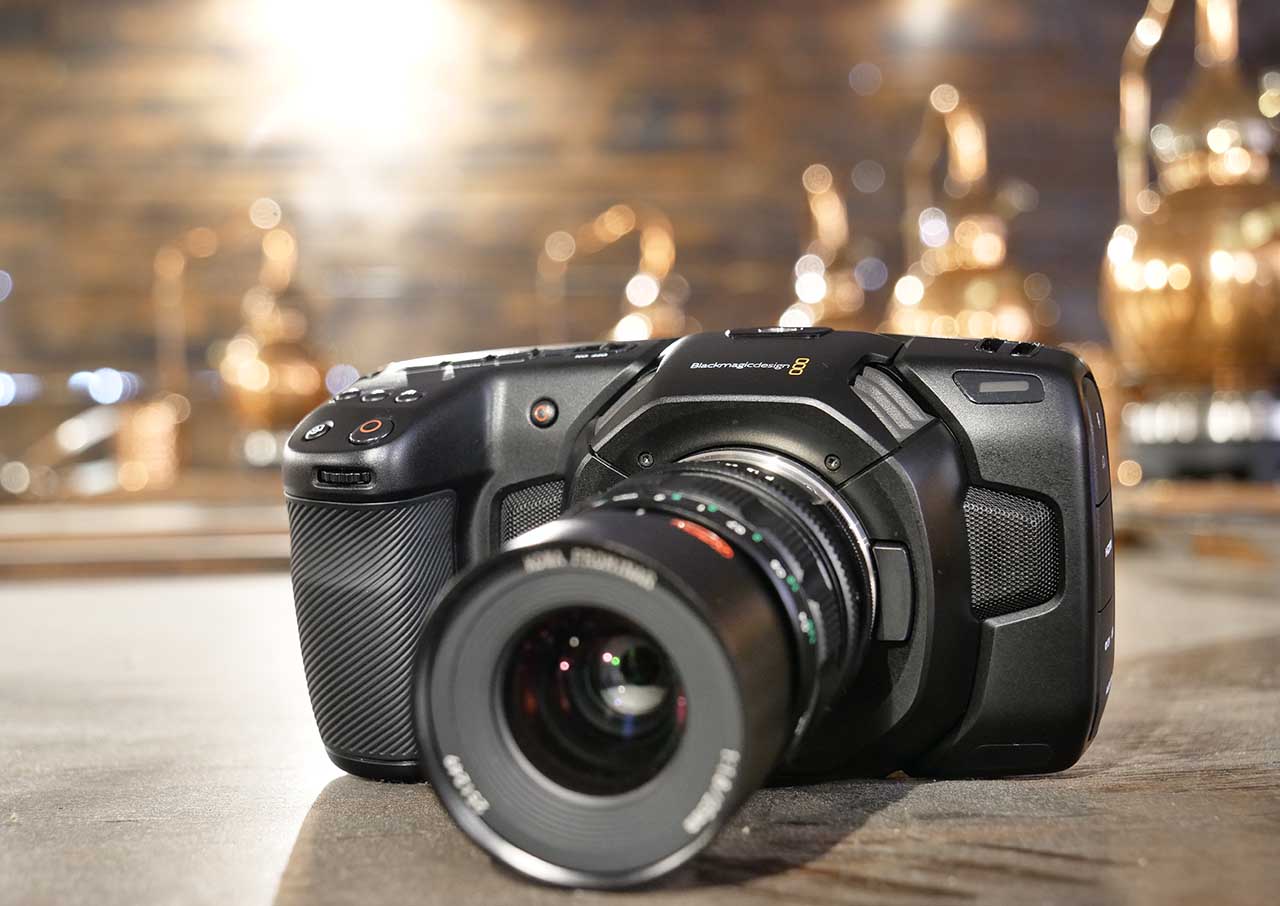
Blackmagic Pocket Cinema Camera 4K
Blackmagic’s 4K camera is a bit of a curve ball in that it kind of looks like a bridge camera straight out of the 1990s but it includes an impressive array of 4K frame rates – namingly 24p, 25p, 30p, 50p and 60p. Also, it is unique in that it is purely designed for shooting video, and not stills, hence its ability to capture RAW video.
It includes an 8.8 megapixel native 4K micro four-thirds sensor and an MFT lens mount that opens up a variety of optical avenues. The rear of the camera is dominated by a 5-inch touchscreen and the only negative is probably the fact that it’s AF system is not continuous. If you want to throw in your lot with mirrorless for video, and have no real need to shoot still images, this Blackmagic beauty could be the camera for you.
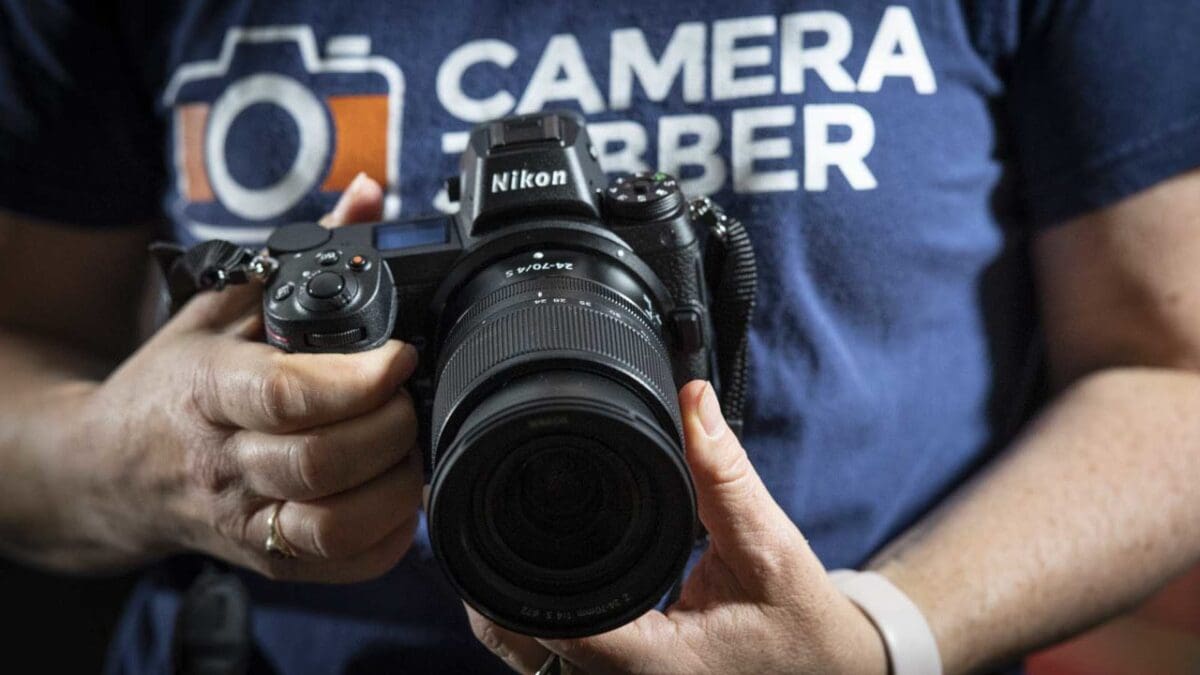
Nikon Z6
This 24.5 megapixel sister model of Nikon’s Z7 is basically the video choice as opposed to the stills choice offered by the higher megapixel Z7. Boasting a full-frame sensor it captures 4K video across the full width of the sensor and has 24p, 25p and 30p 4K frame rates.
Major video plus points include in-body image stabilisation, the ability to record 10-bit 4:2:2 footage to external recorders via an HDMI output and a high dynamic range F-log mode to give you greater flexibility when it comes to colour grading. Whilst it doesn’t stretch to shooting at Cinema 4K resolution the Z6 can capture Full HD 1080 video footage at 120p. The rear screen tilts to different angles but doesn’t flip around for any sort of front viewing. A solidly built camera with a good spec.
What is the future of video in mirrorless cameras?
It’s difficult to predict where the camera market will be in 10 years time but at this point in time the rise of mirrorless models shows little sign of abating. This is likely to bring future developments in lens compatibility, sensor sizes and camera design and many mirrorless camera makers are clearly making sure that high-end video features are paramount in their cameras.
There is also a lot of choice out there with Fujifilm, Sony, Canon, Nikon, Panasonic, Blackmagic and Olympus all involved in the mirrorless camera market.
There are clear advantages that mirrorless cameras offer to filmmakers of all abilities over shooting video with DSLRs. Indeed, mirrorless models have been used to shoot major motion pictures. For example, film director Roger Spottiswoode used Sony Alpha cameras to shoot in 4K for the movie ‘A Street Cat Named Bob’.
He chose the Sonys for their portability, their inconspicuousness for shooting street scenes and the quality of their 4K footage. Whether you choose to follow his lead is up to you, but mirrorless cameras are clearly a great, and evolving, option for shooting quality video.
